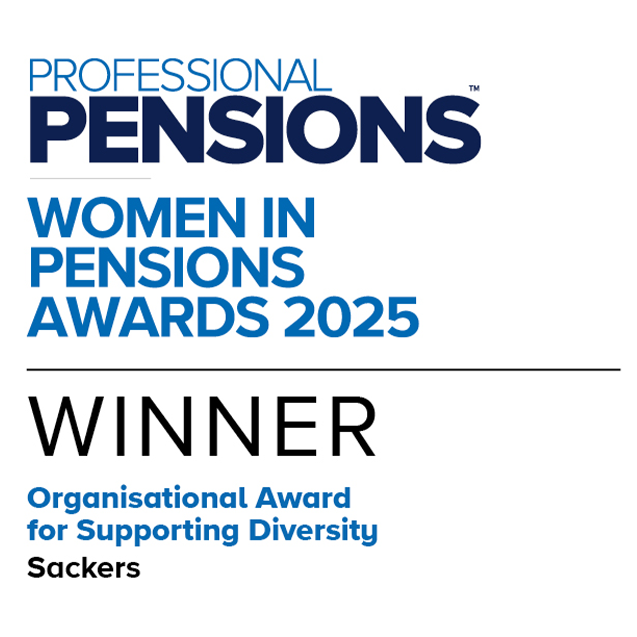Introduction
Responding to industry concerns about aspects of automatic enrolment (“AE”), on 25 March 2013 the DWP issued a consultation on proposals to “improve” the process, together with draft regulations (the “Regulations”).
In this Alert:
- Key points
- Background
- Pay reference periods
- Contribution deadlines
- Contractual enrolment/opt-outs
- Opt-out notices
- Joining window
- DB quality requirements
- Other items on the AE menu
- Timing
Key points
- The Government is consulting on changes to legislation which are aimed at improving the operation of AE for employers and pension providers.
Background
AE went live for the UK’s largest employers on 1 October 2012 and is being rolled out to all employers over the next five and a half years.
This consultation is the Government’s response to the feedback it and TPR have gathered on employers’ and pension schemes’ early experiences of AE.
Pay reference periods
Who to enrol?
Employers must enrol “eligible jobholders” into a qualifying scheme. “Eligible jobholders” are workers who are:
- aged between 22 and SPA; and
- have earnings of more than £8,105 (rising to £9,440 from 6 April 2013) (the “earnings trigger”) in the relevant “pay reference period”.
Broadly, the “pay reference period” is defined by reference to the period by which an individual’s pay is calculated – for example, for those paid by reference to a week, the period of one week. As this definition can cause difficulties for payroll systems set up to work in line with PAYE and NICs,1 the DWP proposes to add a new option (which will run alongside existing provisions) to allow employers to align the pay reference period with tax periods. Several examples of how this will work in practice are set out in the consultation.2
The DWP is keen that employers are able to take advantage of this new option as soon as possible and intends to introduce it as quickly as it can.
DC qualifying schemes
For a DC scheme to be a “qualifying scheme” for AE purposes, a certain level of contributions must be paid within each pay reference period. Apart from the initial period,3 each subsequent pay reference period for this purpose is one year, starting with the anniversary of the employer’s staging date.
To remove the possibility of a mismatch between contributions calculated and deducted from monthly/weekly pay and those calculated on an annual basis, the DWP proposes the revised definition of pay reference period outlined above also be adopted here.
Contribution deadlines
Employers are required to pass contributions deducted from a jobholder’s pay to the pension scheme by the 19th or 22nd day4 of the month after the month in which the deduction was made. However, this deadline is extended at the outset of AE to allow employers to retain contributions until the possibility of a member opt-out has passed.
Currently, this easement only applies to jobholders and contributions taken as part of the AE process. Recognising that many individuals are enrolled, for example, via their contract of employment, the DWP proposes to apply the extended deadline to contributions deducted during the first two months of membership (irrespective of how enrolment is achieved).
Contractual enrolment/opt-outs
Many employers make membership of a workplace pension scheme part of the contract of employment. Individuals who opt out of such membership still have to be automatically enrolled if they subsequently become “eligible jobholders” for the first time, even if their membership has only recently ended. This causes confusion, as well as adding to the employer’s administrative burden.
In contrast, an employer is not required to automatically re-enrol any eligible jobholder who has opted out of membership(under the AE process) within the previous 12 months. The DWP proposes to extend this concession to any jobholders who have voluntarily ceased active membership of a scheme in the 12 months before the AE duty applies to them.
Quite separately, the Government is exploring whether it would be appropriate to exclude employers who operate contractual enrolment into schemes which meet AE requirements “from the explicit employer duties” and, if so, how this could be achieved.
Opt-out notices
Some stakeholders consider the current requirements for the opt-out notice to be unduly restrictive.
The consultation suggests changes to make clear that opt-out notices need only be in substantially the same form as set out in the AE Regulations,5 they do not have to look exactly like the legislation. Any notices which meet this new requirement and are accepted before the changes come into force will be deemed valid.
Joining window
An employer has one month from the AE date to achieve active membership and issue enrolment information to the jobholder (the “joining window”).
Recognising that it may be impossible for some employers to complete the joining process within this period, the DWP proposes extending the deadline to six weeks.
DB quality requirements
To be used as a qualifying scheme for AE, a DB scheme must satisfy the test scheme standard (“TSS”).6 The consultation proposes certain technical amendments to ensure the TSS requirements are consistent and work as intended.
The DWP is also considering whether it can simplify, or even remove, the DB quality requirements. Currently, contracted-out DB schemes automatically comply with the TSS. But, when DB contracting-out is abolished (in April 2016), the employer or, in more complex cases, the scheme actuary will have to certify the scheme.
Other items on the AE menu
The following changes are not dealt with in this consultation but will be included in the forthcoming Pensions Bill:
- technical changes to transitional arrangements to ensure they operate as intended where a scheme offers both DC and DB benefits;
- technical changes to the exceptions where AE is deferred;
- technical changes to ensure penalty notices under sections 40 and 41 of the Pensions Act 2008 only apply to breaches of AE duties; and
- a power to make regulations excluding specified groups of individuals (possibly, individuals with enhanced/fixed protection, active members of DC schemes who have given notice of retirement and/or those who resign during a deferral period7) from AE.
Timing
The consultation, to which we will be responding, closes on 7 May 2013.
With the exception of the new approach to pay reference periods, the DWP intends to bring these changes into force in time for April 2014. However, if responses to the consultation indicate sufficient demand, and there would be no unwelcome consequences, specific amendments may be introduced earlier.
1Issues can also arise when the earnings trigger and the qualifying earnings band (on which contributions are calculated) change
2 See pages 11 – 13
3 Which depends on when the person first becomes an active member under AE
4 The 22 day limit applies if the payment is sent electronically
5 The Occupational and Personal Pension Schemes (Automatic Enrolment) Regulations 2010
6 The TSS is based on a pension payable from age 65, equal to 1/120th of average “qualifying earnings” in the last three tax years before the end of pensionable service for each year of pensionable service (subject to a maximum of 40 years). The standard also assumes that the pension is revalued in deferment and increased in payment in line with the increase in CPI (subject to a maximum of 2.5% per annum)
7 These examples are not final proposals







